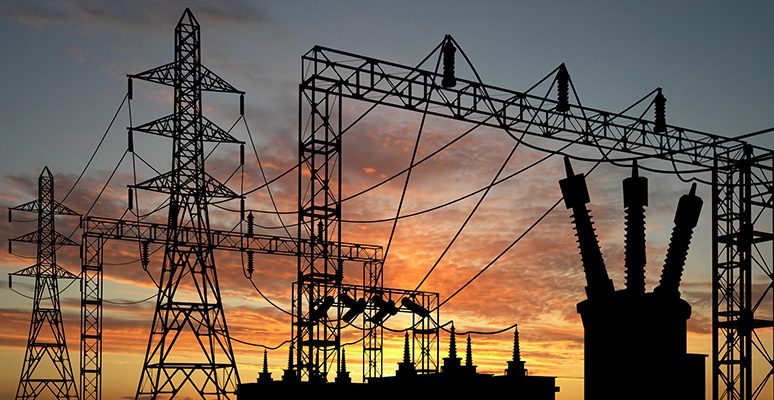From the moment we wake up in the morning till the moment we rest our heads on our bed at night, we always use electricity to make our lives easier. Whether it’s charging our phone to make our lives much more convenient to turning on the lights when it’s getting dark. Without electricity, we would be at a loss on how we will be moving around in our day to day lives. We have been so spoiled by modern technology that we sometimes forget how important it is to us humans.
As years evolve and more machines are keeping us in tack to make our lives easier, we’ve been using electricity more than ever. With that in mind, more electricity is produced in power plants every day, and from there, it is transferred to a consumer’s house, business, and community through transmission lines, substations, and distribution lines.
Specialists run into a lot of difficult issues while transmitting power from the generator to the consumer, like short circuits, overloads, and other errors. Electrical and electronics engineering has a subject called power systems analysis that deals with developing and analysing the entire power system, which consists of many different parts including a transformer, busbar, generator, circuit breaker, transmission lines, etc.
The primary goal of a power system analysis is to determine whether the system is properly supplying electricity to the recipient with the appropriate voltage, frequency, etc. without any fault or overload conditions.
There are four analyses that need to be performed when you are conducting a power systems analysis. First is power stability analysis, the stability of the power system is studied using this analysis. It is applied to carry out the analysis of the system’s stability or instability. Next, the contingency analysis. When there is a line outage, this analysis is performed. The phrase “outage” refers to a planned or unintentional open circuit problem. Because additional equipment could burn and fail, the power is cut off through the line. A blackout might happen if the inconvenience keeps happening. The goal of contingency analysis is to prevent overcrowding on the diverted path. Third, Fault Analysis. Only during fault situations is the analysis carried out. The analysis’s goal is to predict the fault current if it occurs. The appropriate protection devices can then be designed and rated with the assistance of this predetermination. Short circuit fault is the default description of the fault. Lastly, Reactive power, current, voltage, actual power, and other steady-state characteristics can be estimated using the load flow analysis, and impedances and admittances are typically calculated from known values.
With getting a proper system analysis, it could make your equipment expand its life span and have no problems in the long run.
The programmes used for a proper power systems analysis are SCADA, ETAP, PSCAD, and other systems. Most specialists use this programme. The Electrical Transient and Analysis Program is referred to as ETAP. The distribution, generation, and industrial power systems are designed, automated, and operated using this software. To verify your electrical design, this software can simulate your system and calculate all electrical quantities including currents, faults, voltage dips, etc.
Another great advantage of getting an analysis is that there will be no hassle of unexpectedly losing power and electricity. It will also be a lot safer to use.
That is why it is important to have your electricity outlets have a thorough system analysis so that you wouldn’t have any issues that can ruin your power outlets, causing your day or week to be ruined.



































